Detailed content
Technical Specifications
- Model: 330400
- Type: Seismic/Accelerometer Sensor
- Function: Measures acceleration or vibration in machinery components, providing data for monitoring and analysis.
- Measurement Specifications:
- Measurement Range: Typically measures vibrations and accelerations within a specific range, depending on the application. Common ranges are from ±2g to ±50g, but exact specifications should be confirmed from the product datasheet.
- Frequency Range: Covers a broad frequency range to capture various types of vibration, often from 0.5 Hz to 10 kHz.
- Sensitivity: Provides high sensitivity to detect minute changes in vibration or acceleration, essential for accurate machinery diagnostics.
- Electrical Characteristics:
- Output Type: Usually provides a voltage or current output proportional to the measured acceleration. Common output formats include 4-20 mA or ±10V.
- Power Supply: Typically operates on standard industrial power supplies, often 12-24V DC.
- Environmental Conditions:
- Temperature Range: Designed to function within a wide temperature range, typically from -40°C to +85°C (-40°F to +185°F).
- Relative Humidity: Suitable for environments with relative humidity up to 95% (non-condensing).
- Vibration and Shock: Built to withstand high levels of vibration and shock, ensuring reliable operation in harsh environments.
Features
- High Accuracy: Offers precise measurement of vibration and acceleration, essential for accurate condition monitoring and protection.
- Durable Construction: Constructed to endure extreme industrial conditions, including high temperatures and mechanical stresses.
- Wide Frequency Range: Capable of measuring a broad range of frequencies to capture various types of vibration.
- Robust Design: Engineered to handle harsh environments, including exposure to vibrations, shocks, and temperature fluctuations.
- Easy Integration: Designed to integrate seamlessly with Bently Nevada’s 3500 Series monitoring systems for comprehensive machinery protection and diagnostics.
Application Scenarios
- Machinery Protection: Used in machinery protection systems to monitor vibrations and accelerations in rotating equipment, such as turbines, compressors, and pumps, to prevent damage and failure.
- Condition Monitoring: Essential for continuous monitoring of machinery health by detecting changes in vibration patterns and acceleration, which can indicate potential issues.
- Industrial Automation: Applied in industrial automation systems where accurate vibration and acceleration measurements are crucial for maintaining system reliability and safety.
- Process Control: Useful in process control environments to monitor machinery performance and ensure stable operational conditions.
Installation and Configuration
- Mounting:
- Form Factor: Typically mounted directly onto machinery or structures using standard mounting brackets or studs. Proper alignment is essential for accurate measurements.
- Installation: Involves securing the sensor to the machinery and connecting it to the monitoring system. Detailed installation instructions are provided in the product manual.
- Wiring:
- Connections: Connects to the monitoring system using standard industrial wiring practices. Wiring diagrams and instructions are included in the product documentation.
- Configuration:
- Calibration: Requires proper calibration to ensure accurate measurement of vibration and acceleration. Calibration procedures are detailed in the product manual.
- Integration: Integrates with the 3500 Series monitoring system for optimal performance and data acquisition. Configuration instructions are provided in the product documentation.

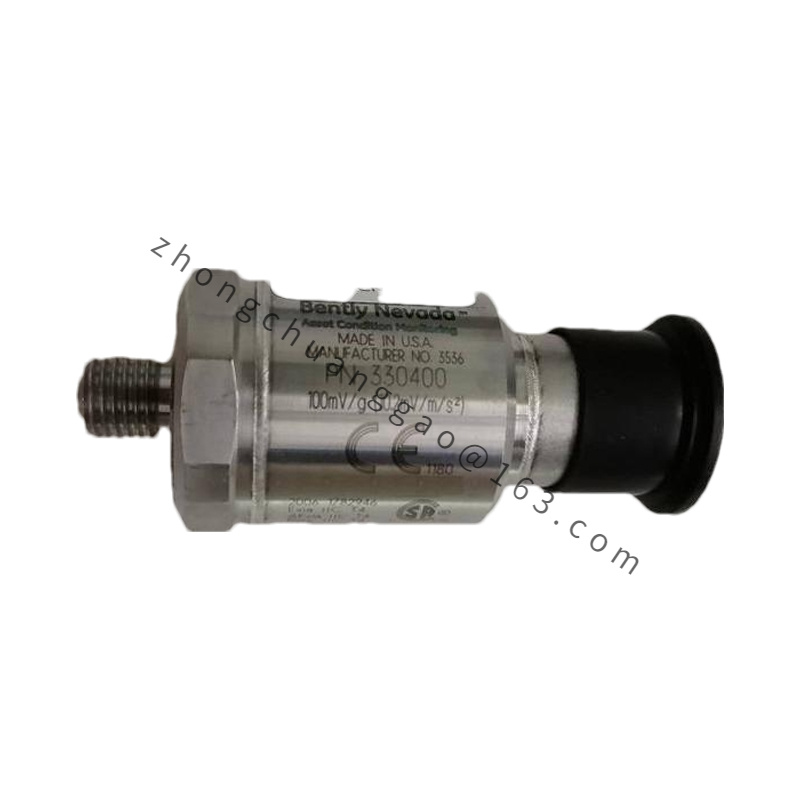
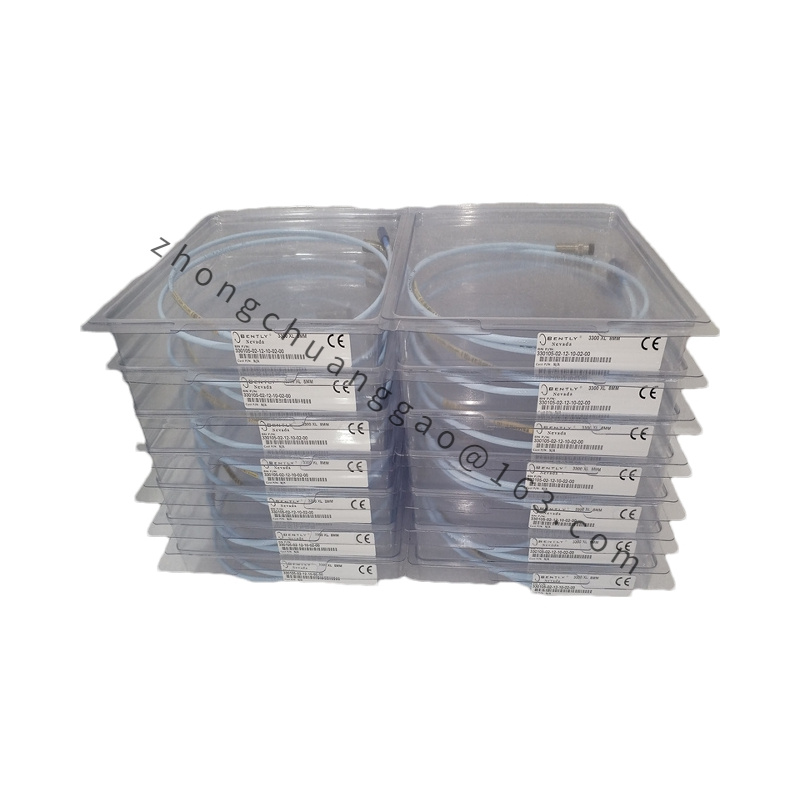


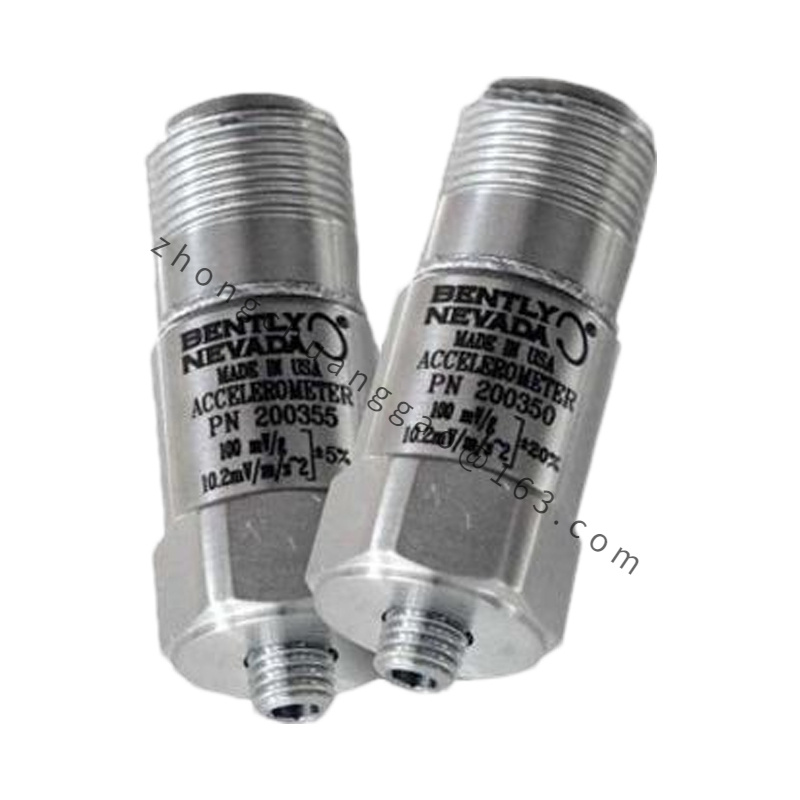
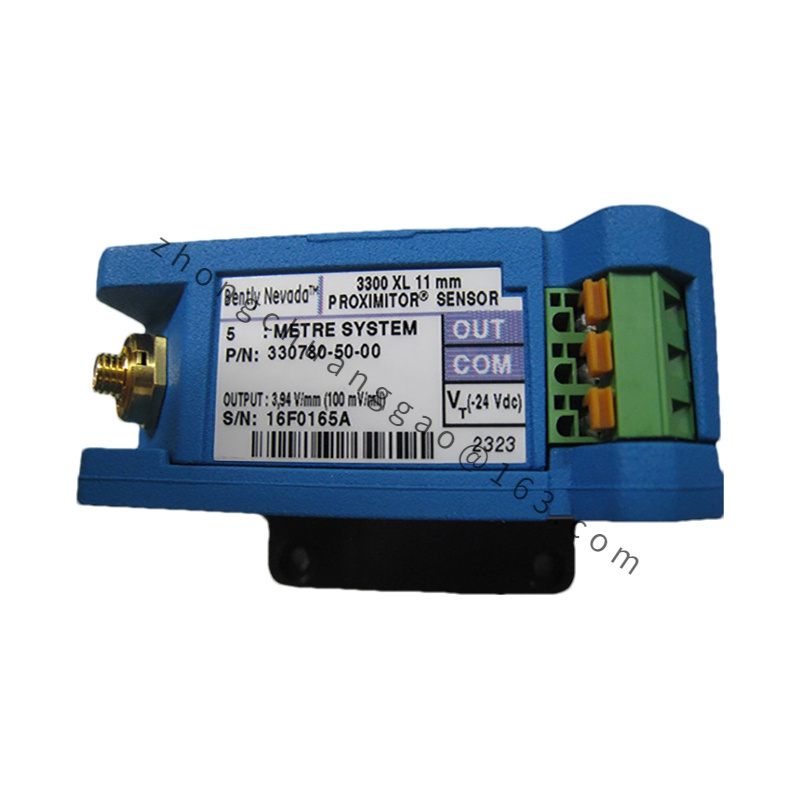
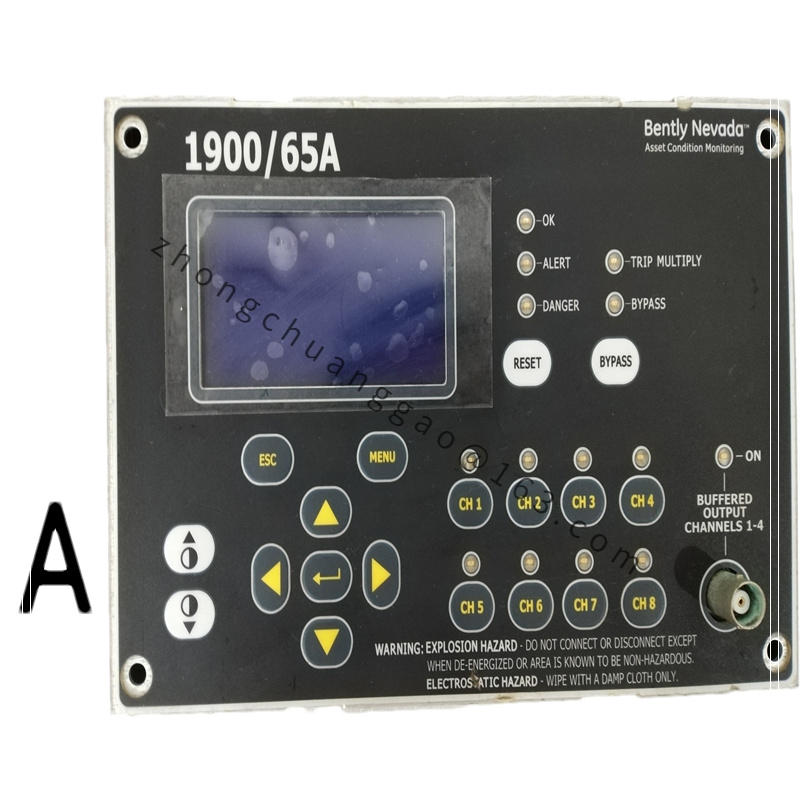
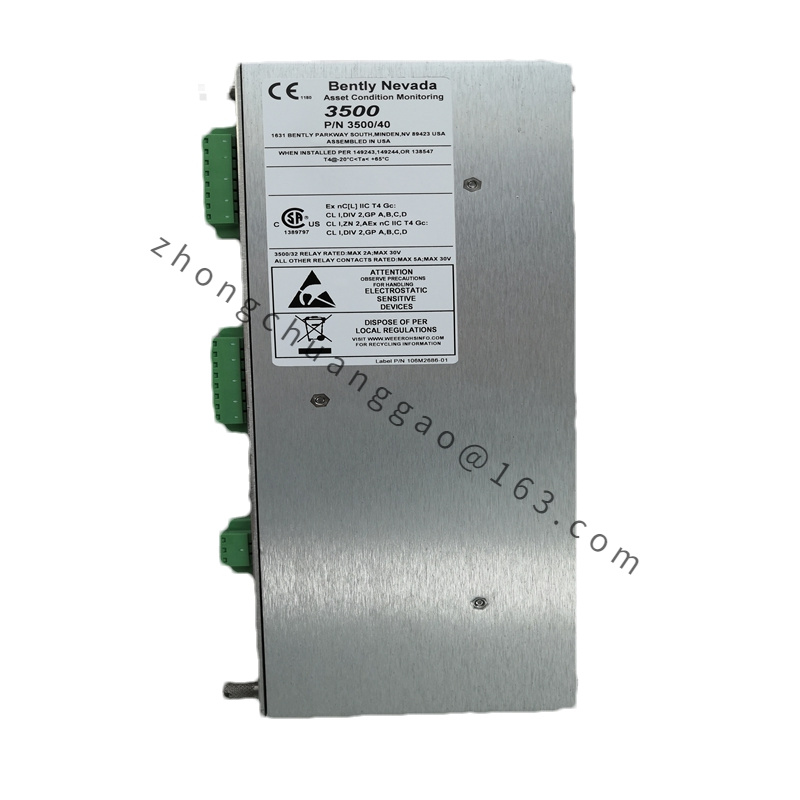
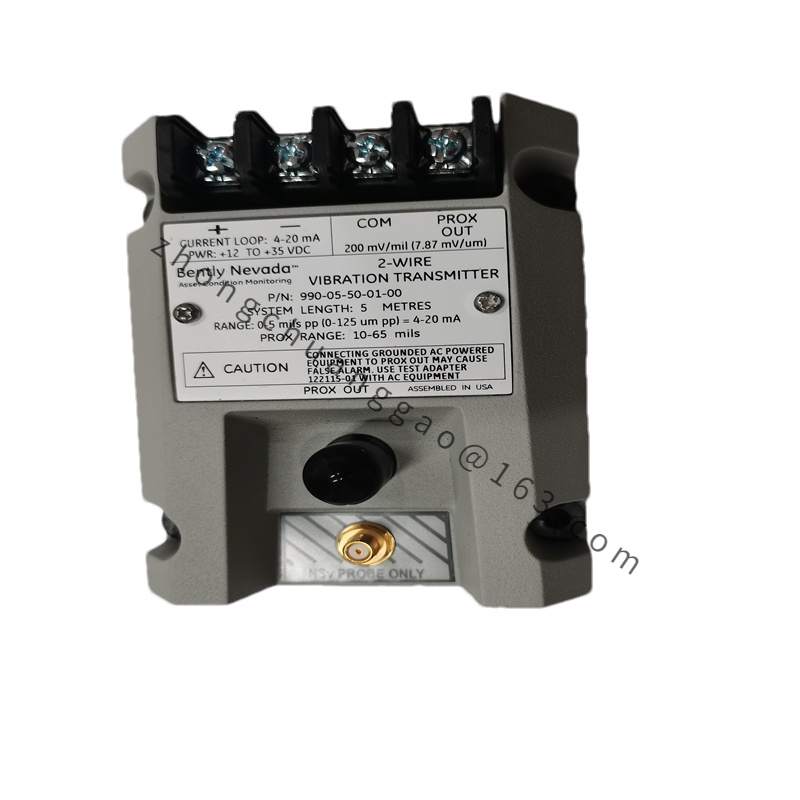
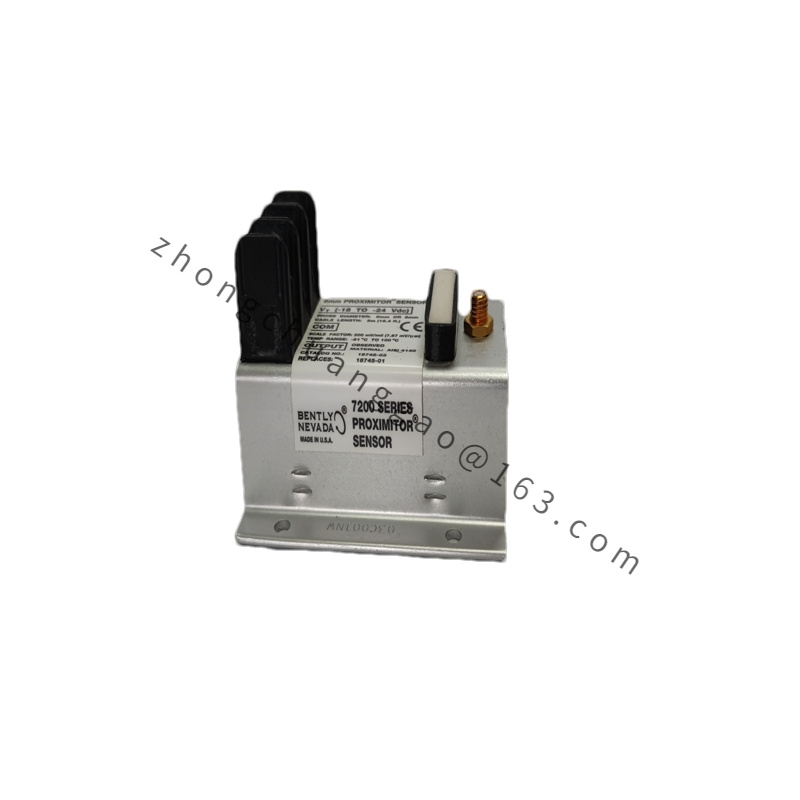
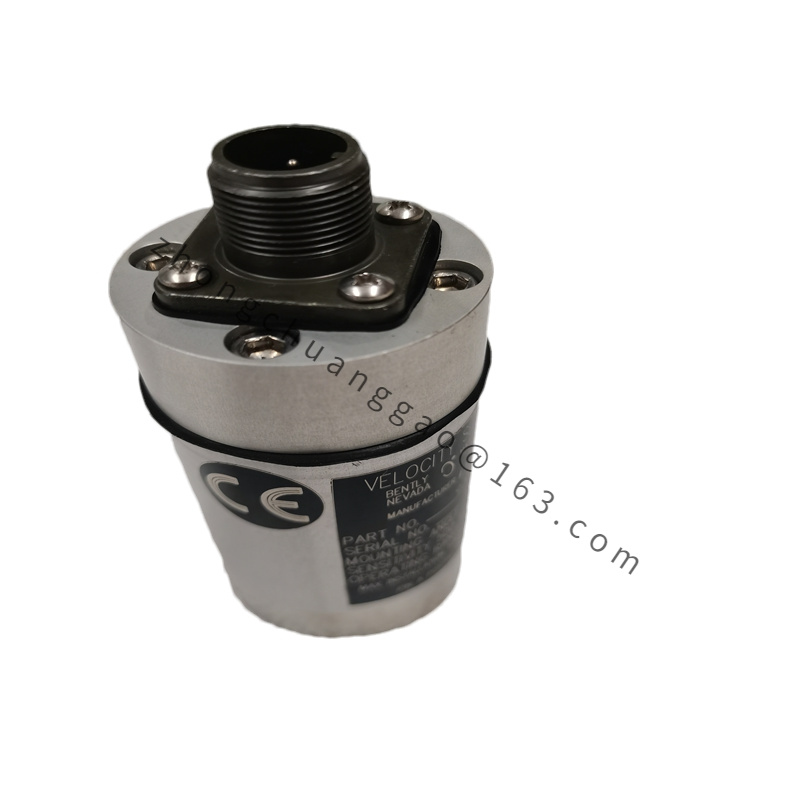

.jpg)